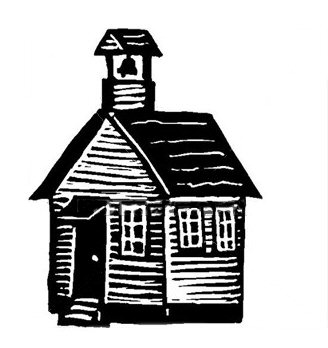When working with seventh and eighth graders it is natural to worry about the program's alumni. Since few high schools look like the SK middle school, how do our students fare in the transition from our program to the myriad others in the area?
SK alums from the classes of 2013, 2014, and 2015 are presently enrolled in four different high schools in and around Ann Arbor. Recently I had the great pleasure of talking with a half-dozen recent Summers-Knoll alumni. While their experiences vary, several common themes emerged from those conversations.
1. They know who they are.
Each of the students with whom I spoke could articulate what was easy about their transition into high school as well as what was challenging. They could further explain how they have gone about addressing the more difficult aspects of moving from middle school to high school: by making use of online trackers like Moodle and Powerschool, for example, or by updating a planner every day. They understand how to behave in class and how to game high school so that they get as much as they can out of the experience.
2. They are busy and well-adjusted, and they know what they're doing.
SK graduates all understand that every ninth grader is new to ninth grade! They have given themselves plenty of room to make adjustments in terms of workload and teacher expectations. Without exception, they have found homes in larger environments, designing lighting in technical theater, rowing crew, playing daily pickup basketball, acting, joining an anime club, or pursuing another of the many ambitious interests they developed while at SK. They have more homework, because ninth graders have more homework than eighth graders, but they are managing that just fine.
3. They understand Summers-Knoll.
Without exception, they say they miss SK, but not in a boilerplate way. Some miss the small size. Some miss the informality. All of them can articulate the lessons they gleaned here about the purpose of education and the intense planning required in a project-based curriculum. All of them miss particular teachers, but with varying degrees of fervor. And all of them are doing SK proud by asking good questions, using their carefully tended moral compasses, and diligently pursuing tough answers.








